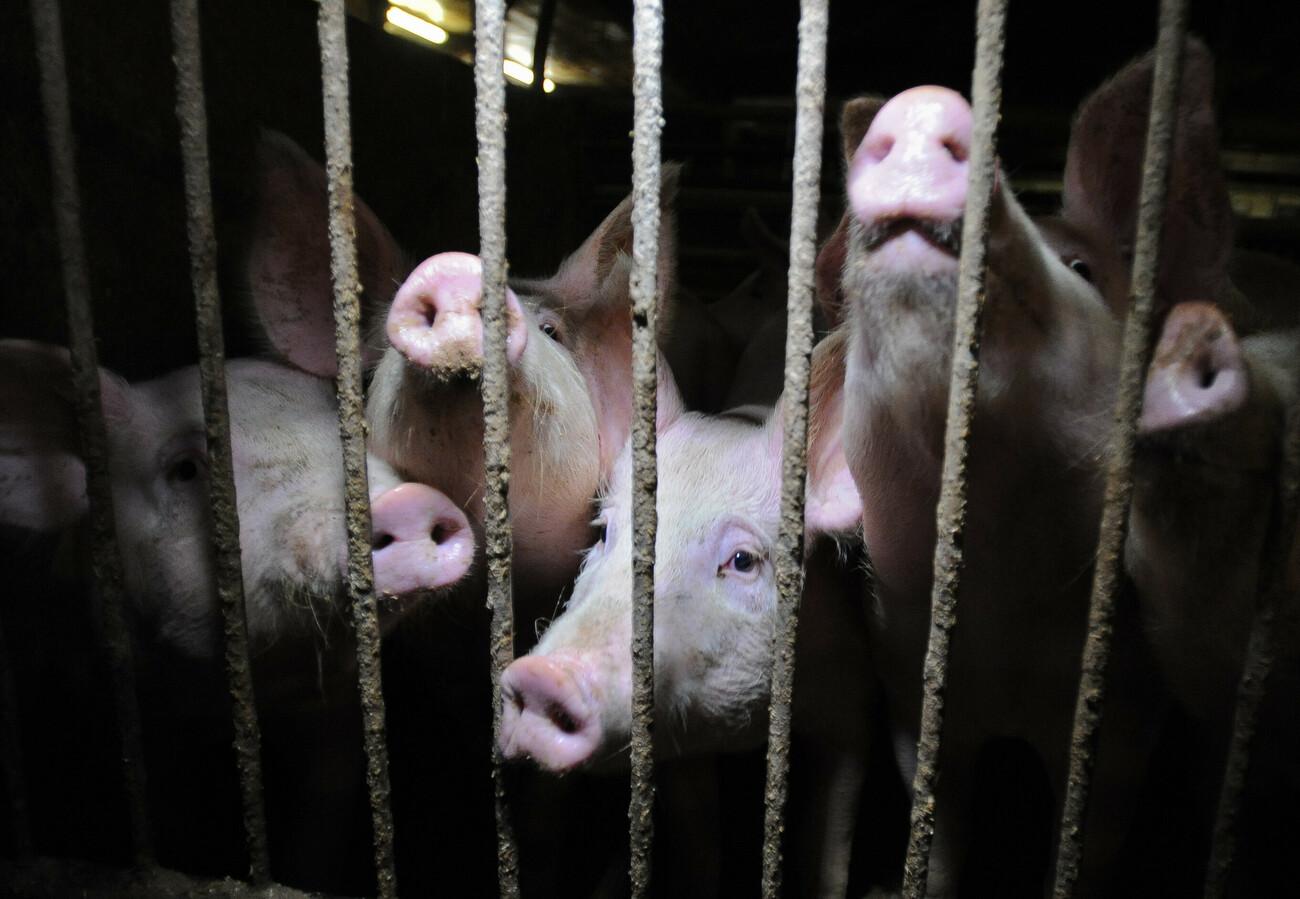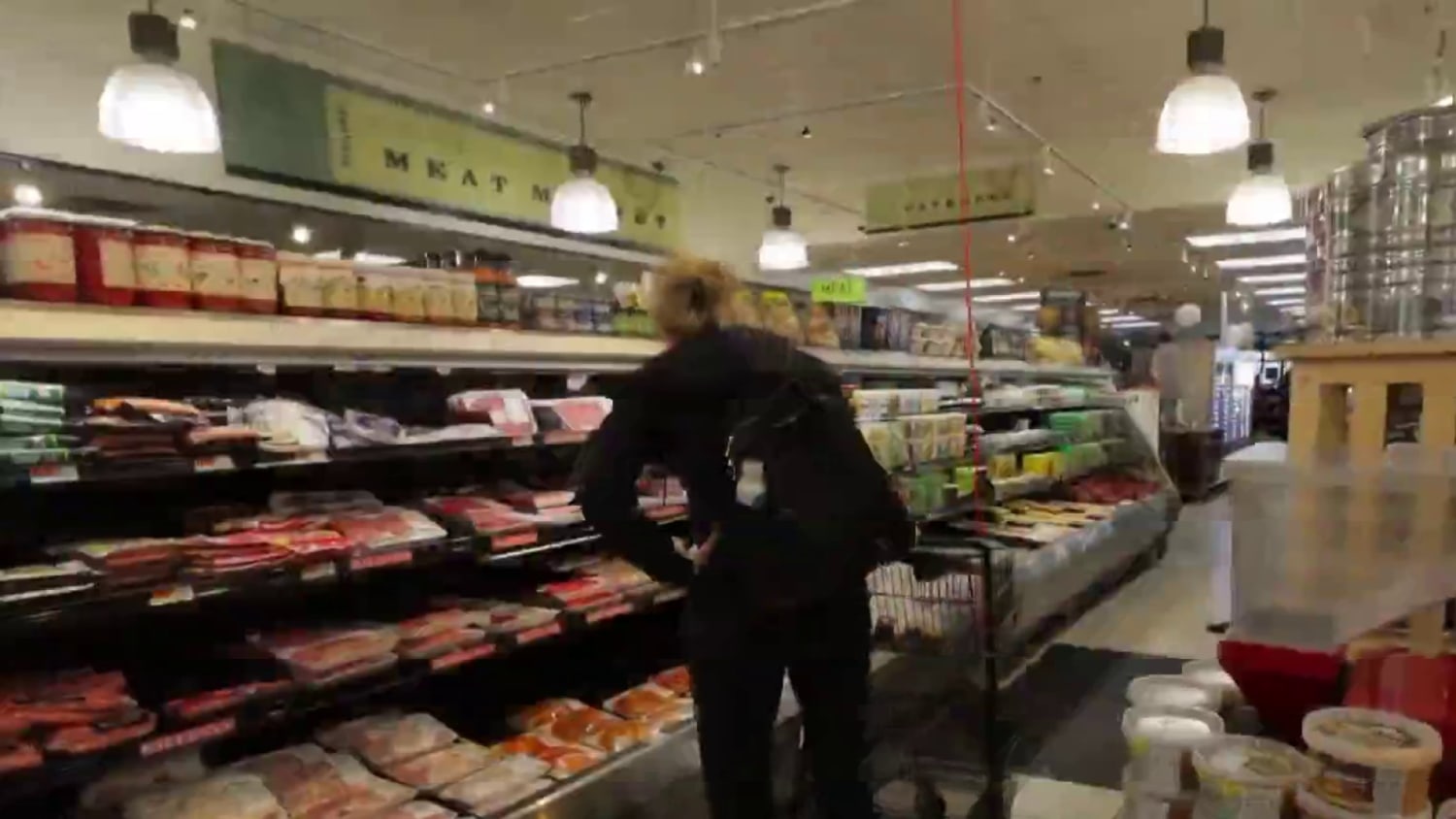A lady residing in New York faces charges after authorities found over 200 animals living in unclean conditions within her residence. This situation has caused public anger and highlighted the risks associated with animal hoarding and mistreatment.
Authorities in New York have recently uncovered an alarming situation involving the confinement of numerous animals in a private home under squalid and dangerous conditions. Legal officials have stated that the property owner has been detained and is now facing several accusations pertaining to cruelty toward animals and breaches of health regulations. This incident, which has drawn widespread interest across the country, underscores the serious nature of animal neglect cases and the larger problem of hoarding tendencies that threaten both the well-being of animals and public health.
Reports suggest that the animals consisted of dogs, cats, birds, and small mammals, all confined within a residence in severe disrepair. The interior was characterized by investigators as filthy, with feces, urine, and waste present on almost every surface. Rescue teams mentioned that numerous animals appeared malnourished, sick, and in desperate need of veterinary attention. The magnitude of the situation has sparked renewed discussions on how to prevent instances where numerous animals live in hazardous and cruel environments.
Animal hoarding as a public health issue
This incident sheds light on a larger social problem known as animal hoarding, where individuals accumulate far more animals than they can reasonably care for. While some hoarders may initially take in animals with the intention of rescuing them, the lack of resources, organization, and oversight often results in widespread neglect. The animals suffer from malnutrition, untreated illnesses, and psychological stress, while the environment becomes dangerously unsanitary for both the hoarder and surrounding neighbors.
Mental health professionals clarify that accumulating animals is often associated with psychological disorders that prevent individuals from recognizing the damage their behavior causes. Officials have observed that resolving these cases necessitates not just legal actions but also psychological assistance to diminish the chances of reoccurrence. Prosecutors highlighted that while legal charges are crucial for ensuring accountability, more comprehensive solutions should also involve public awareness, mental health care, and enhanced community surveillance mechanisms.
Situation within the household
The conditions discovered inside the residence were described as shocking. Rooms were packed with animals, and floors and furniture were layered with waste. The lack of ventilation, combined with the overwhelming odor, created an environment unsafe for both people and animals. Rescue teams, working alongside local shelters and veterinarians, confirmed that many animals suffered from skin infections, respiratory illnesses, parasites, and severe malnutrition. Several were in critical condition and required immediate emergency care.
Local animal shelters have accommodated the saved creatures, but the sudden arrival of more than 200 animals has heavily taxed resources. Volunteers and veterinarians are actively participating in extensive recovery activities, offering medical care, nutritional aid, and behavioral restoration. The objective is to improve the animals’ wellbeing and get them ready for future adoption into loving homes. Supporters have emphasized that even though the process will be lengthy and challenging, every measure will be taken to give the animals a new opportunity.
Legal repercussions and calls for reform
The lady in question is confronting several accusations related to mistreatment and neglect of animals, alongside breaches of housing regulations. According to New York statutes, accusations of animal mistreatment might result in financial penalties, bans on future pet ownership, and potentially incarceration, based on the gravity of the situation and any previous offenses. Legal representatives have indicated that this matter will be addressed with vigor due to the extent of neglect and the quantity of animals implicated.
Beyond the immediate legal process, the case has prompted renewed discussion about the adequacy of current animal protection laws. Advocacy groups are calling for stricter guidelines to detect early warning signs of animal hoarding and to empower communities to intervene before situations escalate to such extremes. Proposals include enhanced monitoring, community education campaigns, and closer cooperation between law enforcement, mental health professionals, and animal welfare organizations.
Community reaction and the importance of responsible ownership
The case has generated widespread public concern, with images of the rescue sparking anger and sadness across social media. For animal rights advocates, the situation underscores the urgent need for stronger safeguards and broader awareness of responsible pet ownership. Many have emphasized that neglecting or hoarding animals not only causes immense suffering for the animals themselves but also poses health and safety risks for communities.
Specialists highlight that prevention is key. This involves educating the public about the signs of hoarding, encouraging responsible adoption practices, and ensuring that shelters and veterinary services are adequately supported. Authorities and advocates alike agree that preventing future tragedies will require both stricter enforcement and community vigilance, as well as compassion for individuals who may be struggling with underlying mental health issues.
Ultimately, the discovery of more than 200 animals in dire conditions serves as a stark reminder of the importance of animal welfare laws and the shared responsibility to protect vulnerable creatures. While legal proceedings against the woman move forward, the focus now turns to the rehabilitation of the rescued animals and the long-term measures needed to ensure that such suffering is not repeated.




